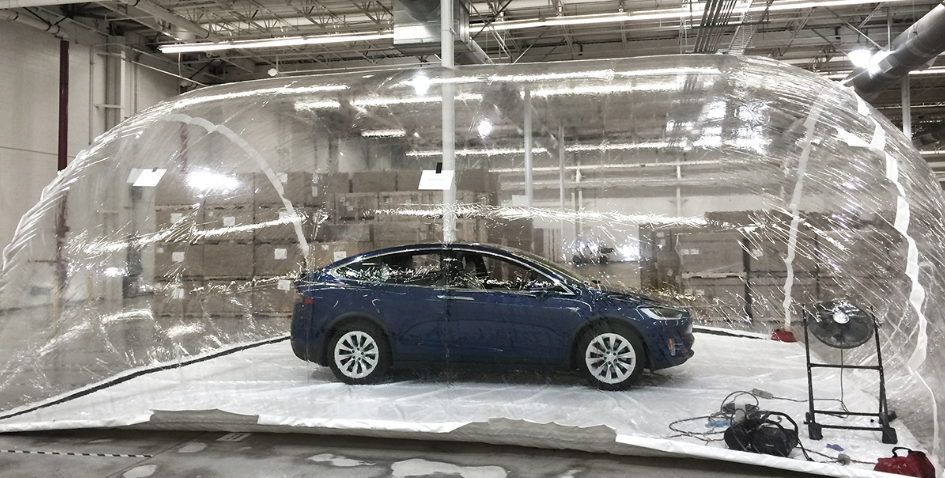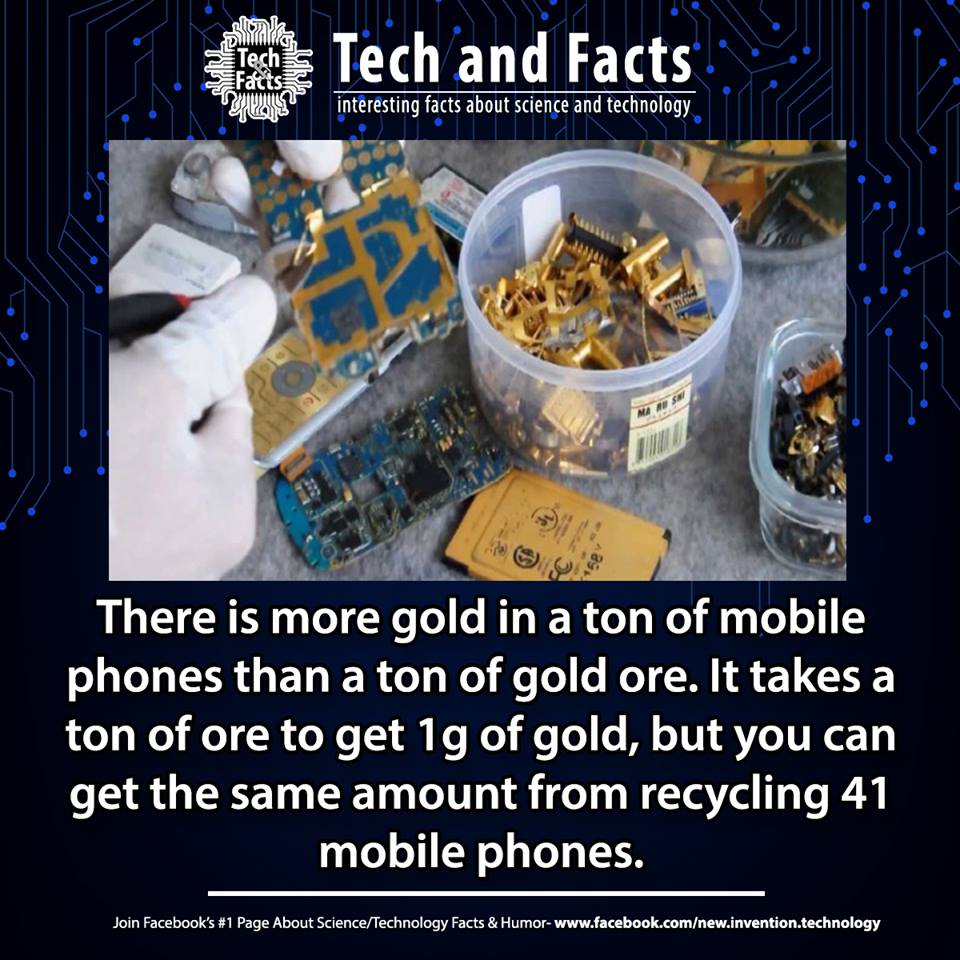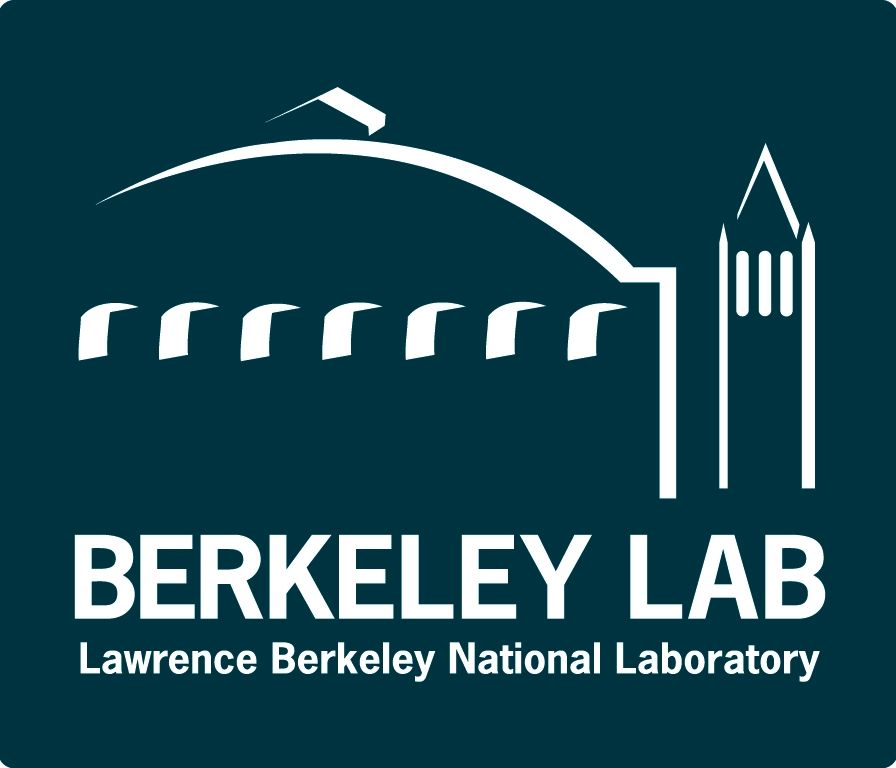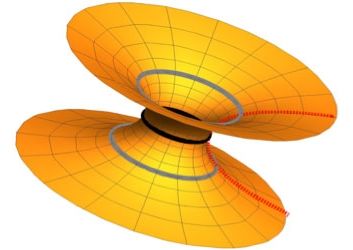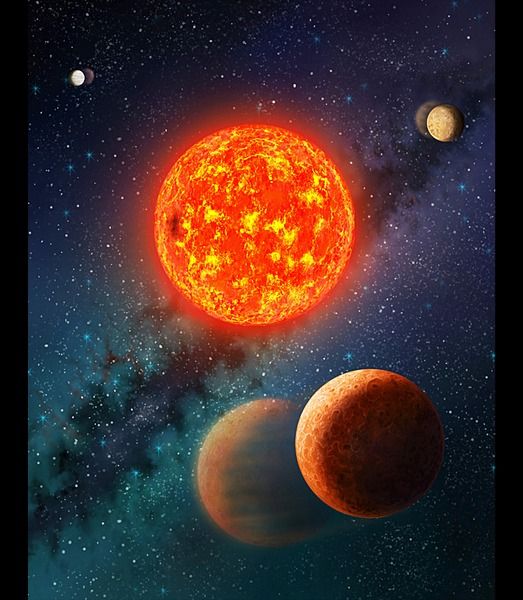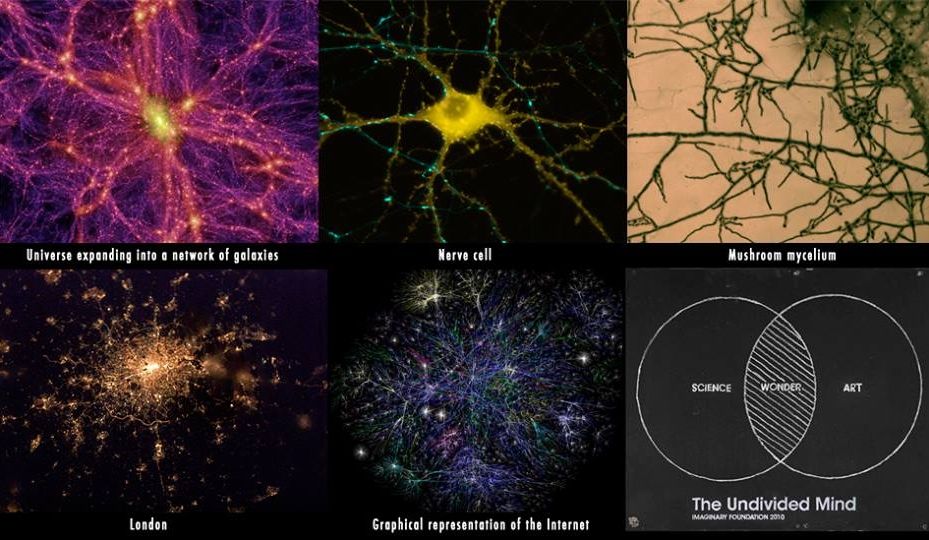Page 11466
May 2, 2016
Tech and Facts Photo 2
Posted by Shailesh Prasad in categories: mobile phones, sustainability

In.
1979, Arthur C. Clarke wrote a novel about an elevator to space. This.
is the story of the people who intend to build it.
May 2, 2016
Could Aluminum Nitride Be Engineered to Produce Quantum Bits?
Posted by Karen Hurst in categories: encryption, quantum physics, supercomputing
Interesting insight on Aluminum Nitride used to create Qubits.
http:///articles/could-aluminum-nitride-be-engineered-to-pro…nteresting insight.
Newswise — Quantum computers have the potential to break common cryptography techniques, search huge datasets and simulate quantum systems in a fraction of the time it would take today’s computers. But before this can happen, engineers need to be able to harness the properties of quantum bits or qubits.
Continue reading “Could Aluminum Nitride Be Engineered to Produce Quantum Bits?” »

Seed bombing is a method for repairing deforested land.
And that means dropping *a lot* of seeds from the sky.
May 1, 2016
Are wormholes or ‘gravastars’ mimicking gravitational-wave signals from black holes?
Posted by Andreas Matt in category: cosmology
Interesting…
LIGO experiment could have detected signal from ‘exotic’ compact celestial object.
May 1, 2016
Probability we’re the only intelligent life ever? Really low, say astronomers
Posted by Sean Brazell in categories: alien life, information science
A new paper shows that the recent discoveries of exoplanets, plus a revised Drake’s equation, produces a new, empirically valid probability of whether any other advanced civilizations have ever existed.
May 1, 2016
Video: New Guiness hoverboard flight record in France
Posted by Karen Hurst in category: transportation

If we can just perfect this more; then I have found my answer in transporting me to meetings, conferences, etc. from building location to building location on a non-snowy or non-rainy day. This would be great to use to get around those traffic jams too.
SAUSSET-LES-PINS, France, May 1 (UPI) — A French jet ski champion found victory in another venue Saturday, setting a new Guinness World Record for the farthest hoverboard flight during a thrilling attempt off the coast of Sausset-les-Pins in the south of France.
Continue reading “Video: New Guiness hoverboard flight record in France” »
